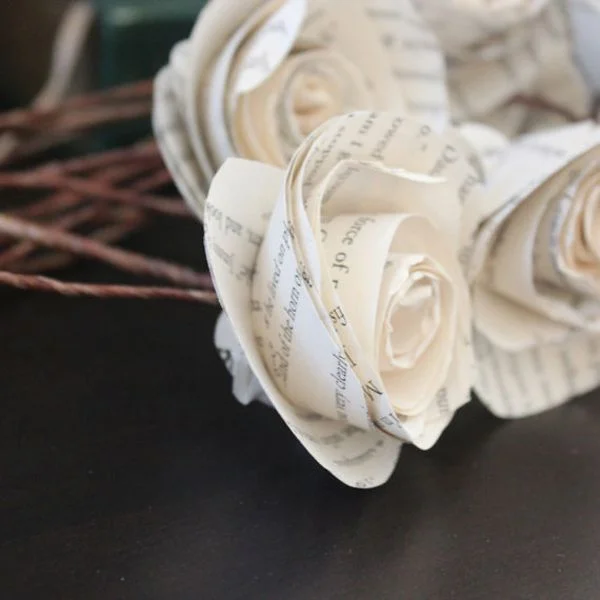Part II: Building and Selling Themes
Creating a satisfying and cohesive story is the entire goal when building a theme into your story. You want readers to be able to walk away from your piece and really know what it’s about; however, you don’t want to beat them over the head with your theme either. It’s a fine line to toe.
So, how do we build theme into our stories? Start considering ways to present it to your audience:
Character arcs
Usually a story’s themes will lie in our character arcs—their transformations or journeys made to reach the goal of the story. Our theme can be woven into their flaws or obstacles that they may or may not overcome. This makes your theme more personal to the readers, and allows them to connect with your characters. When your characters go through their transformation (or remain the same), it allows readers to understand your thematic statement.
Ask yourself: What kind of person was this character in the beginning? What are their flaws/obstacles? Do they change or not change for the good or bad? What kind of person is this character in the end?
Narration and Description
Clear character arcs will only be successful with narration and description. Narration allows you to present facts and plot points in a detailed and organized way, usually chronologically. It can also give readers insight into the character’s inner thoughts. Here is where description can come in handy. Strong descriptions stay with the readers in the form of sensory details and images. This is a perfect way to carefully craft theme. Choosing powerful words can help readers latch onto your deeper meaning, your theme.
Symbolism
Using your story’s environment or inanimate objects in a symbolic way helps to subtly deliver the theme. Perhaps it is a landmark or a flower or a broken mug. Think of ways that symbols reiterate what the character is going through. In “Hamlet,” Shakespeare uses Yorick’s skull to symbolize Hamlet’s obsession with death. This obsession is laced into the story’s theme: the mystery of death and uncertainty of life.
Motifs
Repetition is a powerful tool in a writer’s repertoire. In “Mrs. Dalloway,” author Virginia Woolfe uses the time as a motif—a recurring object or idea that conveys a deeper meaning. Here she uses time as a motif to reveal the characters’ fear of time passing, a mundane and meaningless existence, and inevitable death—also a central theme of the novel.
Comparison and Contrast
“The Poisonwood Bible,” by Barbara Kingsolver is a perfect example of this. The author uses the ideas of light and darkness repeatedly to allow readers to consider their sources. This contrast relates back to the theme of cultural arrogance of the West. Linking or juxtaposing ideas in your writing will help readers outline your main themes.
Sell it!
Once you’ve built themes into your writing, it is time to sell it! Get plenty of feedback, and be open to criticism. Allowing fresh eyes to discover your themes will let you know if you’ve mastered the subtlety and clarity of theme deliverance. Then, step away for a while. Distance yourself from your writing, and give it time to breathe. Later, you can come back, review it and make the necessary changes to ensure your writing is the best it can be. Best of luck!
















